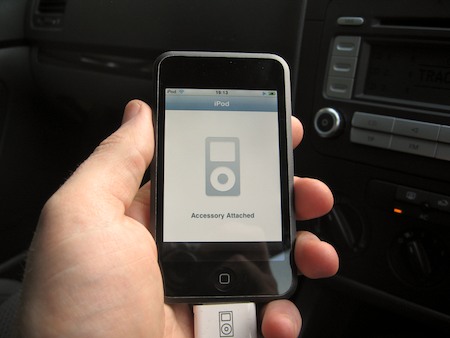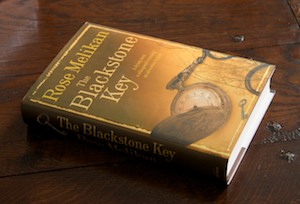I’m in the process of buying a new car, and I’m bemused by the fact that every dealer wants to sell me a ‘paint and upholstery protection’ package, typically with a name like ‘Safegard’, promising a Teflon-based coating that saves my paintwork from nasty pollutants, saves me having to wash the car, and ensures that spillages of coffee etc inside will cause me no future problems.
All of which sounds attractive, but it could also be the emperor’s new clothes. These highly-efficient protective barriers are conveniently ‘invisible’, and who’s going to spill something on their new car seat just to test it out? More to the point, has anyone done a side-by-side test where they also spill something on an ‘unprotected’ car seat?
I’ve had fun asking dealers questions like, “What deficiencies in Volkswagen’s paintwork is this designed to address?”, but I’d really like a scientific answer to this. Many dealers persuade you to protect your precious shiny new vehicle in this way, and they tell me that they have a good take-up rate. If it’s that good, though, why don’t the manufacturers do it? Does anyone know of a Consumer Association or similar blind-test report on this? – I couldn’t find one.
Are huge numbers of people being conned? Is this just a cunning way of charging you £300 for a wash and wax?



 About a year ago I wrote about my experiments with
About a year ago I wrote about my experiments with 

Recent Comments